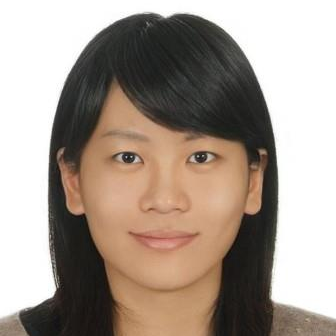Vertical Heterojunctions Based on CVD Synthesized Two-Dimensional Materials for Optoelectronic Devices
A special issue of Nanomaterials (ISSN 2079-4991). This special issue belongs to the section "2D and Carbon Nanomaterials".
Deadline for manuscript submissions: closed (30 June 2023) | Viewed by 286
Special Issue Editor
Interests: 2D materials; CVD; optoelectronic device
Special Issues, Collections and Topics in MDPI journals
Special Issue Information
Dear Colleagues,
Two-dimensional materials are a class of atomically thin structures that span a large range of compositions, electronic properties, and mechanical characteristics. Novel properties emerge when 2D materials are vertically arranged into stacks of two or more layers.
Twisted configurations of 2D materials produce moiré superlattices with unique magnetic and superconducting characteristics. Moreover, stacks of different 2D materials yield heterojunctions whose interlayer interactions permit the formation of hybrid material with an unprecedented band structure, charge distribution, and mechanical performance.
Such stacks are expected to expand our knowledge on fundamental interactions and could enable exciting optoelectronic, electrochemical, and thermoelectric applications.
While impressive results on stacked 2D materials have been achieved using transfer techniques, the envisioned applications will require scalable production at high quality. Chemical vapor deposition (CVD) has demonstrated the ability to synthesize 2D materials at a large scale and provide a platform for realizing commercial optoelectronic devices.
To contribute to 2D material stacking, CVD synthesis relies on breakthroughs in interface quality, alignment, thickness control, composition, etc.
This Special Issue of Nanomaterials will cover recent advances in CVD-grown 2D vertical heterojunctions and their applications in optoelectronics, such as LEDs, lasers, photovoltaics, sensors, and photodetector devices.
Dr. Ya-Ping Hsieh
Guest Editor
Manuscript Submission Information
Manuscripts should be submitted online at www.mdpi.com by registering and logging in to this website. Once you are registered, click here to go to the submission form. Manuscripts can be submitted until the deadline. All submissions that pass pre-check are peer-reviewed. Accepted papers will be published continuously in the journal (as soon as accepted) and will be listed together on the special issue website. Research articles, review articles as well as short communications are invited. For planned papers, a title and short abstract (about 100 words) can be sent to the Editorial Office for announcement on this website.
Submitted manuscripts should not have been published previously, nor be under consideration for publication elsewhere (except conference proceedings papers). All manuscripts are thoroughly refereed through a single-blind peer-review process. A guide for authors and other relevant information for submission of manuscripts is available on the Instructions for Authors page. Nanomaterials is an international peer-reviewed open access semimonthly journal published by MDPI.
Please visit the Instructions for Authors page before submitting a manuscript. The Article Processing Charge (APC) for publication in this open access journal is 2900 CHF (Swiss Francs). Submitted papers should be well formatted and use good English. Authors may use MDPI's English editing service prior to publication or during author revisions.
Keywords
- 2D materials
- CVD
- photodetector
- optoelectronic devices
- vertical stacking






